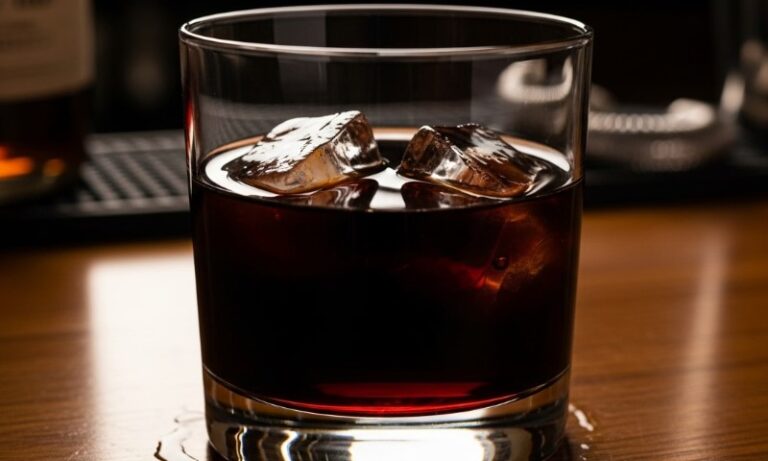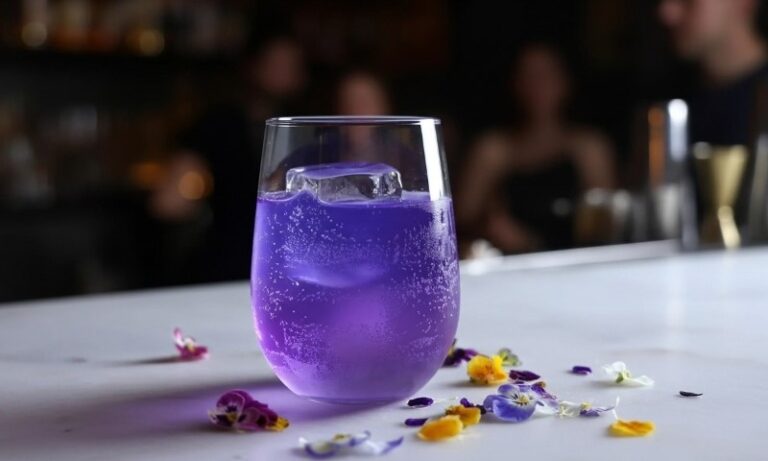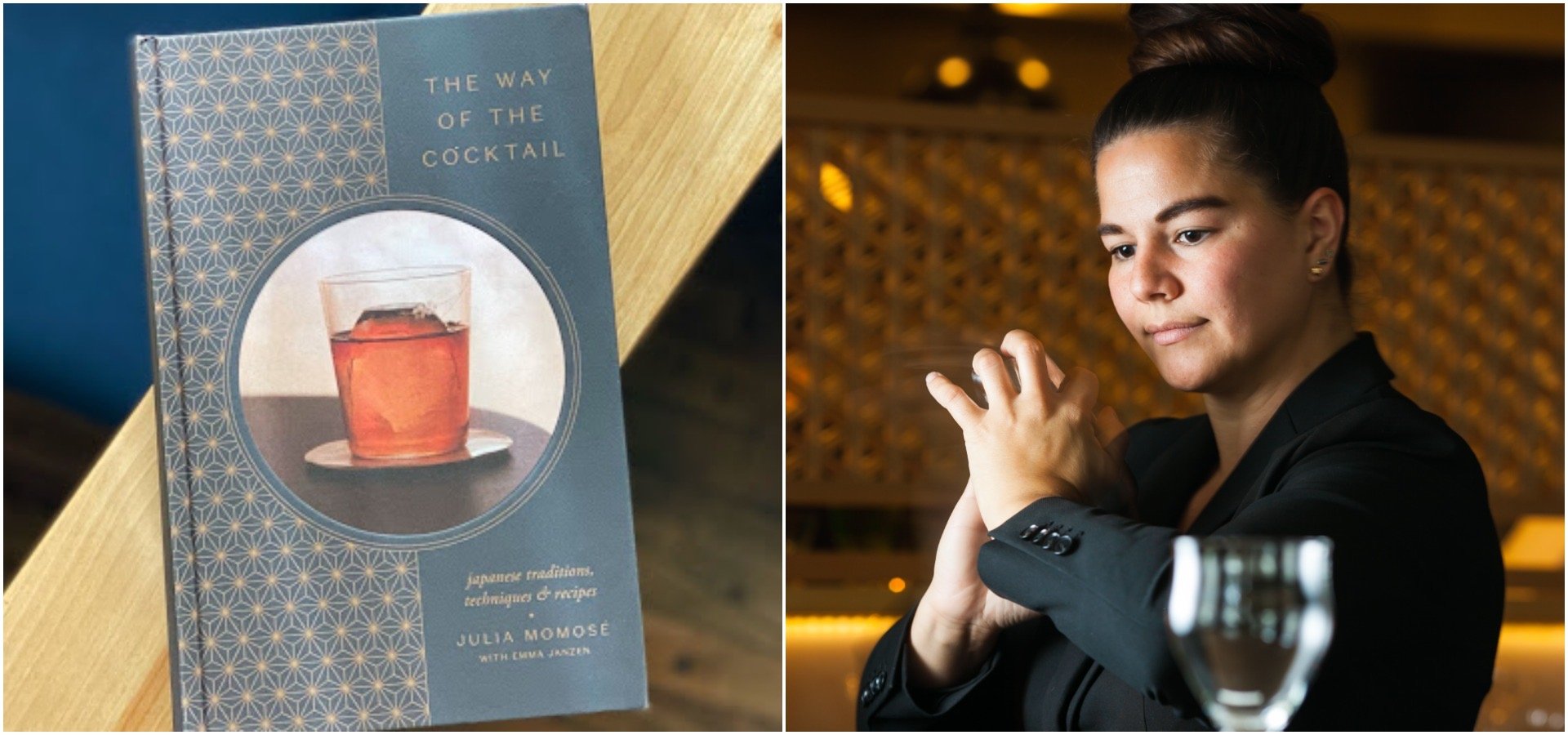The Way of the Cocktail by Julia Momosé and Emma Janzen is more than just a cocktail book. It’s a look into how Japanese cocktails are crafted with care, precision, and respect for tradition. Julia Momosé, a well-known bartender, shares her deep knowledge of Japanese cocktails, focusing on the art of creating a perfect drink.
Table of Contents
TogglePhilosophy Behind Japanese Cocktails
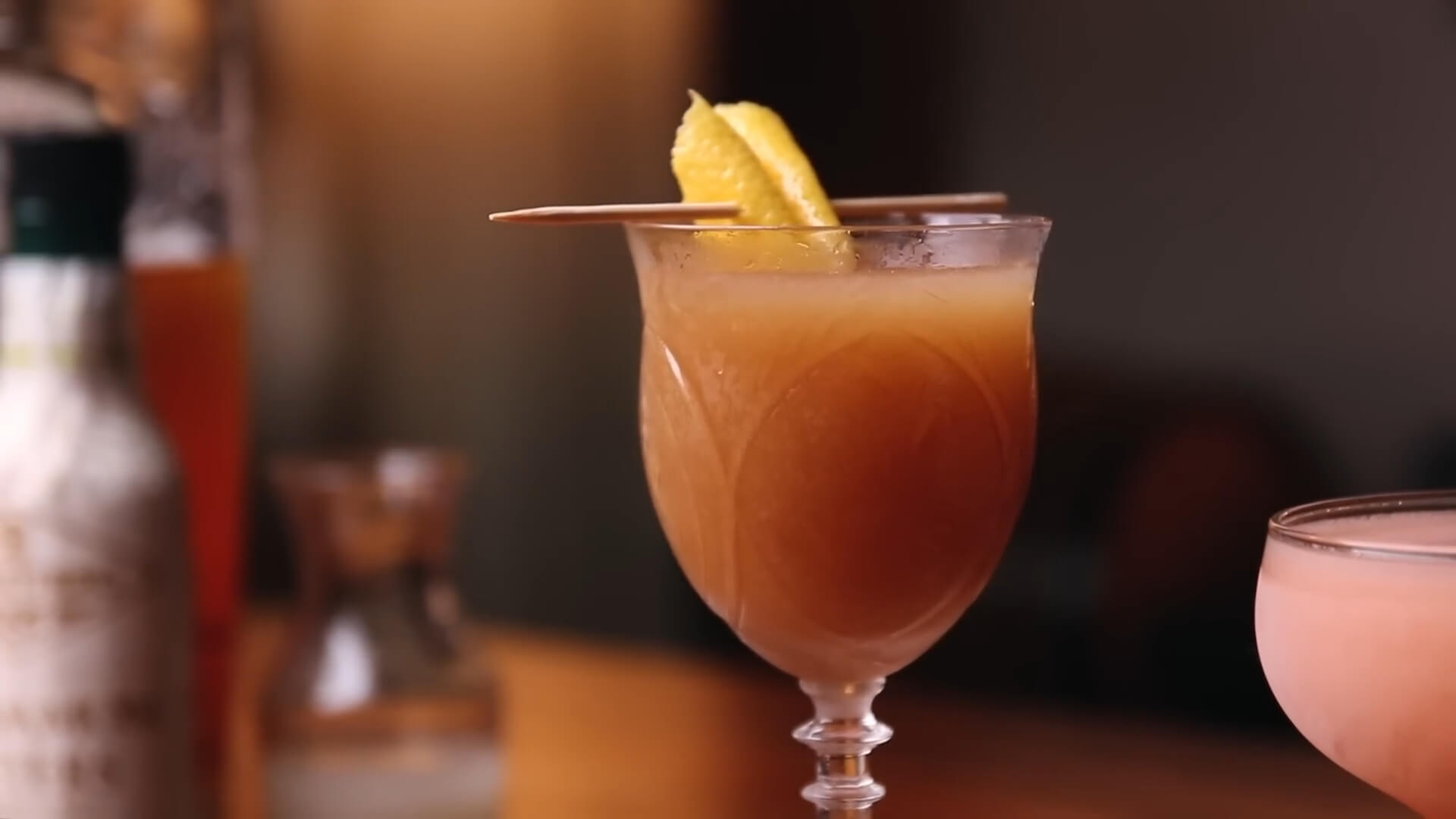
Japanese cocktails are all about simplicity and attention to detail. Every ingredient is picked for a reason. The tools used are meant to achieve precision, and each step in the process is done with care. This approach leads to a drink that is perfectly balanced, both in taste and appearance.
Keep It Simple
Japanese cocktails are not about adding a lot of ingredients. Instead, the focus is on enhancing the natural flavors of each component. This approach allows each flavor to stand out, creating a drink that is refreshing and satisfying.
Use Fresh Ingredients
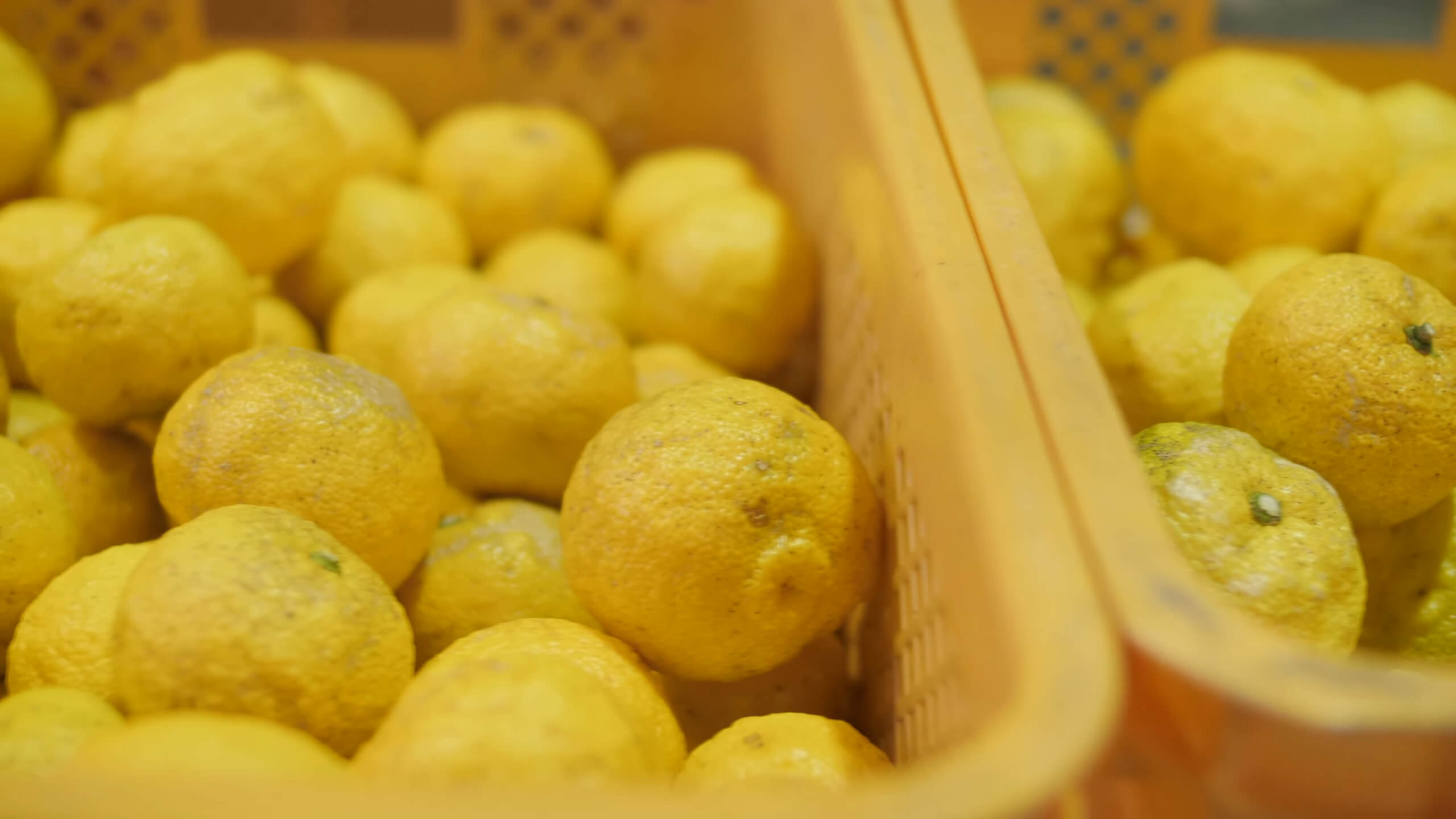
Fresh ingredients are key in Japanese cocktails. The use of seasonal fruits and herbs adds a special touch to each drink. For example, yuzu might be used in winter for its bright, citrus flavor, while matcha could be featured in spring for its earthy taste.
Tools and Techniques
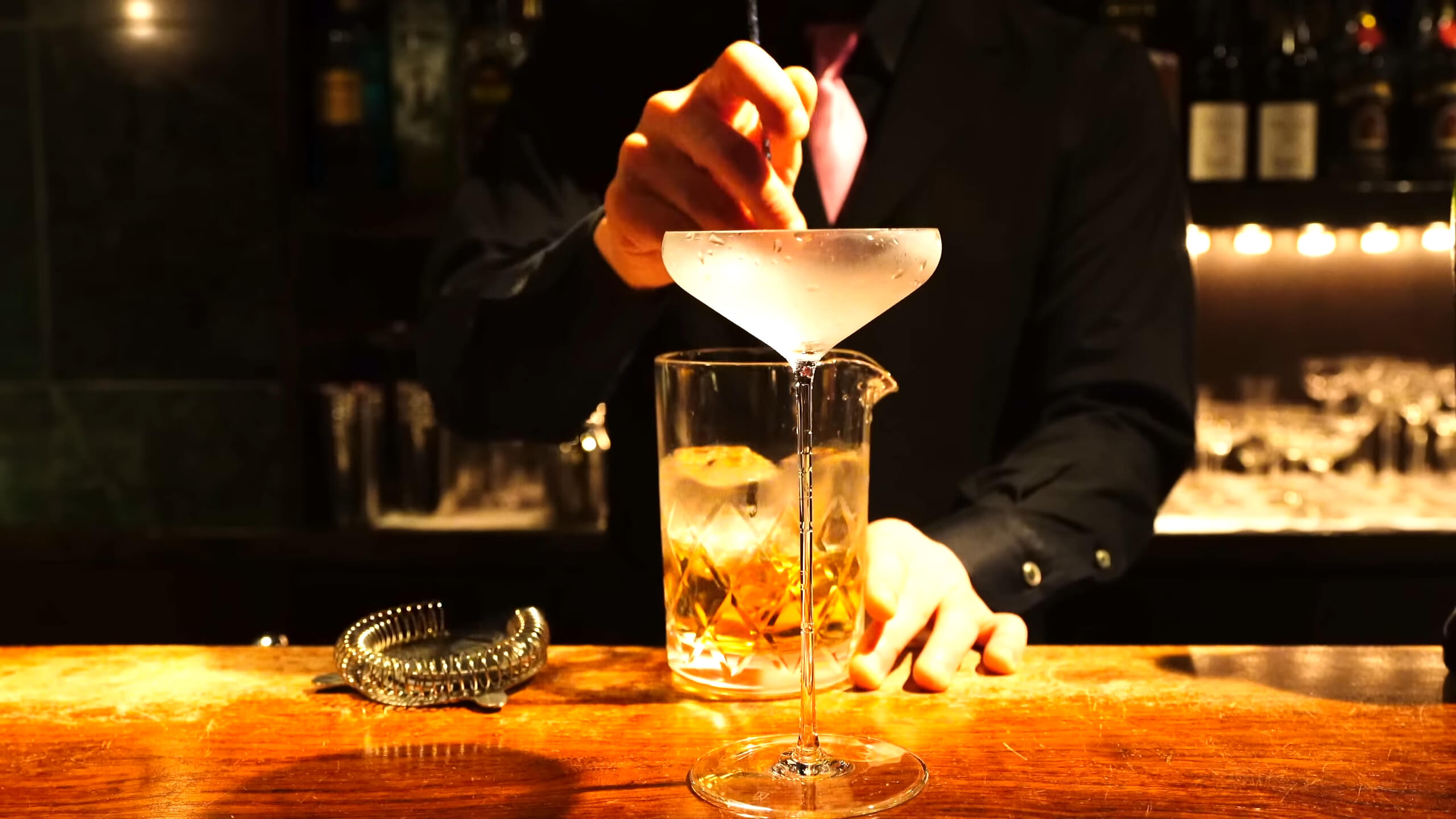
Japanese bartenders use specific tools to ensure their cocktails are made with accuracy. These tools help them create drinks that are not only balanced but also visually appealing.
The Jigger
The jigger is an essential tool in Japanese bartending. This small measuring device ensures that every pour is just right. Accuracy is important in Japanese cocktails, where the balance of ingredients can make or break the drink.
Stirring and Shaking
In Japanese cocktail-making, stirring and shaking are not just methods—they are techniques that can change the outcome of the drink. Stirring is done with a long spoon to mix the drink smoothly, while shaking is used to chill the drink quickly. Each technique is chosen based on what the drink needs.
Ice
Ice is not just for cooling the drink. In Japanese cocktails, ice is often hand-carved to achieve the right size and shape. This careful attention to ice helps control the drink’s temperature and dilution, preserving its flavor.
Key Ingredients
Ingredients are the foundation of any cocktail, and in Japanese mixology, they are chosen with care. The use of fresh, high-quality ingredients is emphasized, along with traditional Japanese elements that give the drinks their unique character.
Traditional Japanese Ingredients
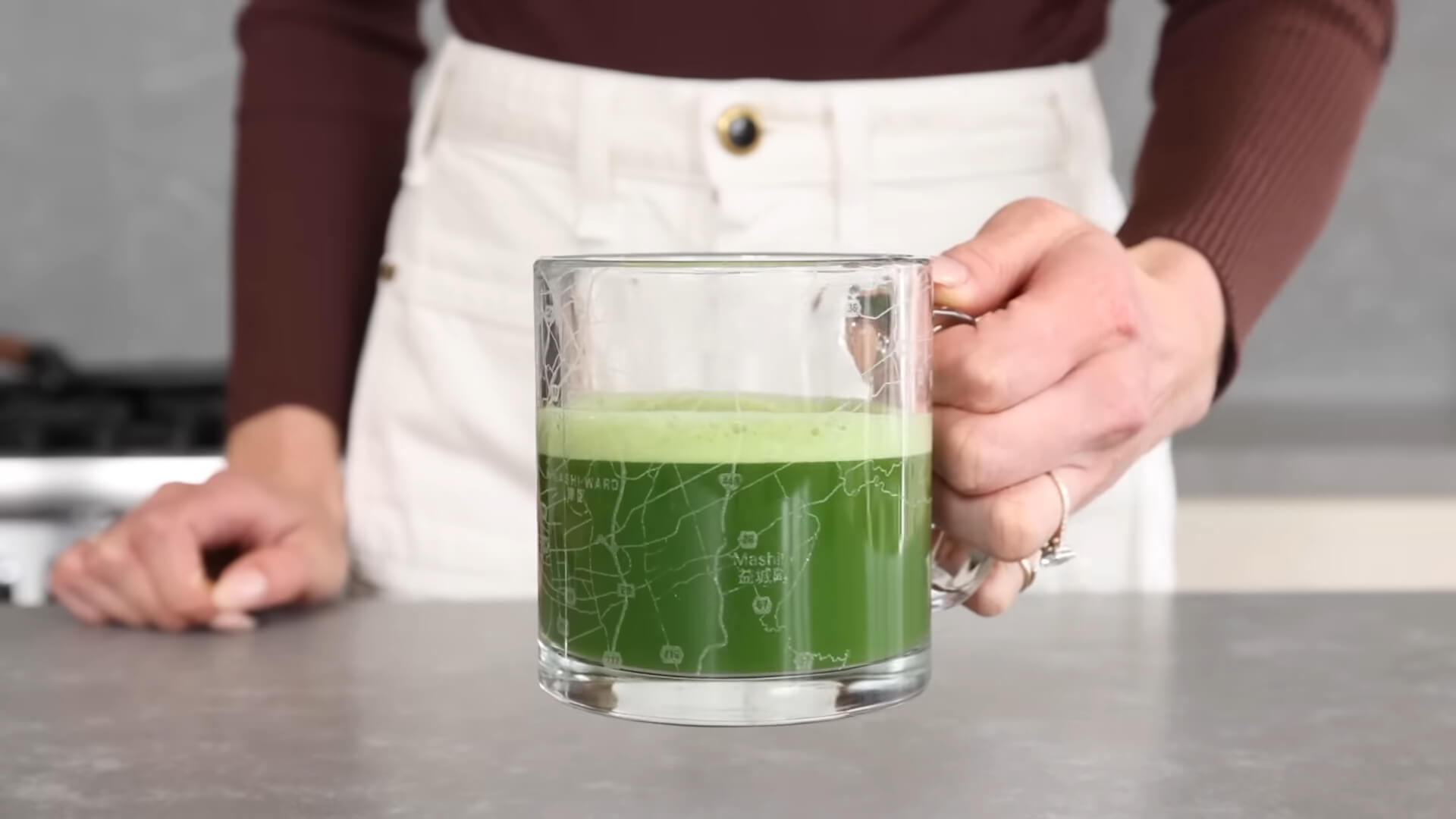
Traditional ingredients like yuzu (a Japanese citrus fruit), matcha (green tea powder), and umé (Japanese plum) are staples in Japanese cocktails. These ingredients provide flavors that are deeply rooted in Japanese culture.
Spirits That Make a Difference
Japanese cocktails often feature spirits like sake, shochu, and whiskey. Sake, made from fermented rice, has a delicate flavor, making it a versatile ingredient. Shochu, a distilled spirit, adds a richer flavor. Japanese whiskey, known for its quality, is often used in simple cocktails like the Highball, where its flavor can shine.
Popular Japanese Cocktails
Some Japanese cocktails have become famous around the world. These drinks highlight the key elements of Japanese mixology: balance, precision, and respect for ingredients.
The Whisky Highball
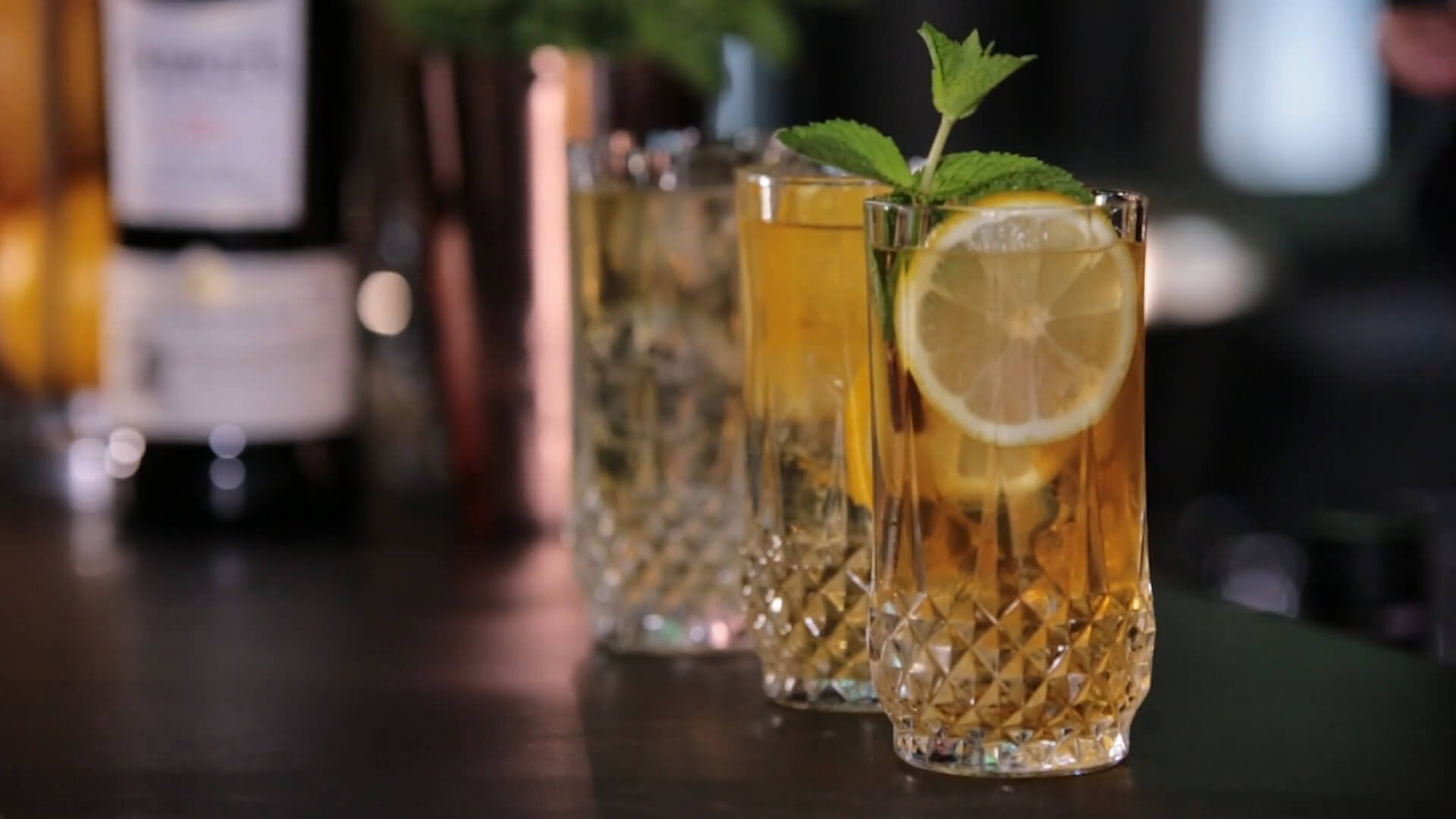
The Whisky Highball is a classic Japanese cocktail. It’s made with whiskey and soda water, and it’s known for its refreshing taste. The quality of the whiskey and the precise carbonation of the soda water are what make this drink stand out.
The Japanese Martini
The Japanese Martini takes the classic Martini and adds a unique twist. Instead of an olive, this version might include a slice of yuzu peel or a drop of umé liqueur. These small changes give the drink a Japanese touch.
The Matcha Sour
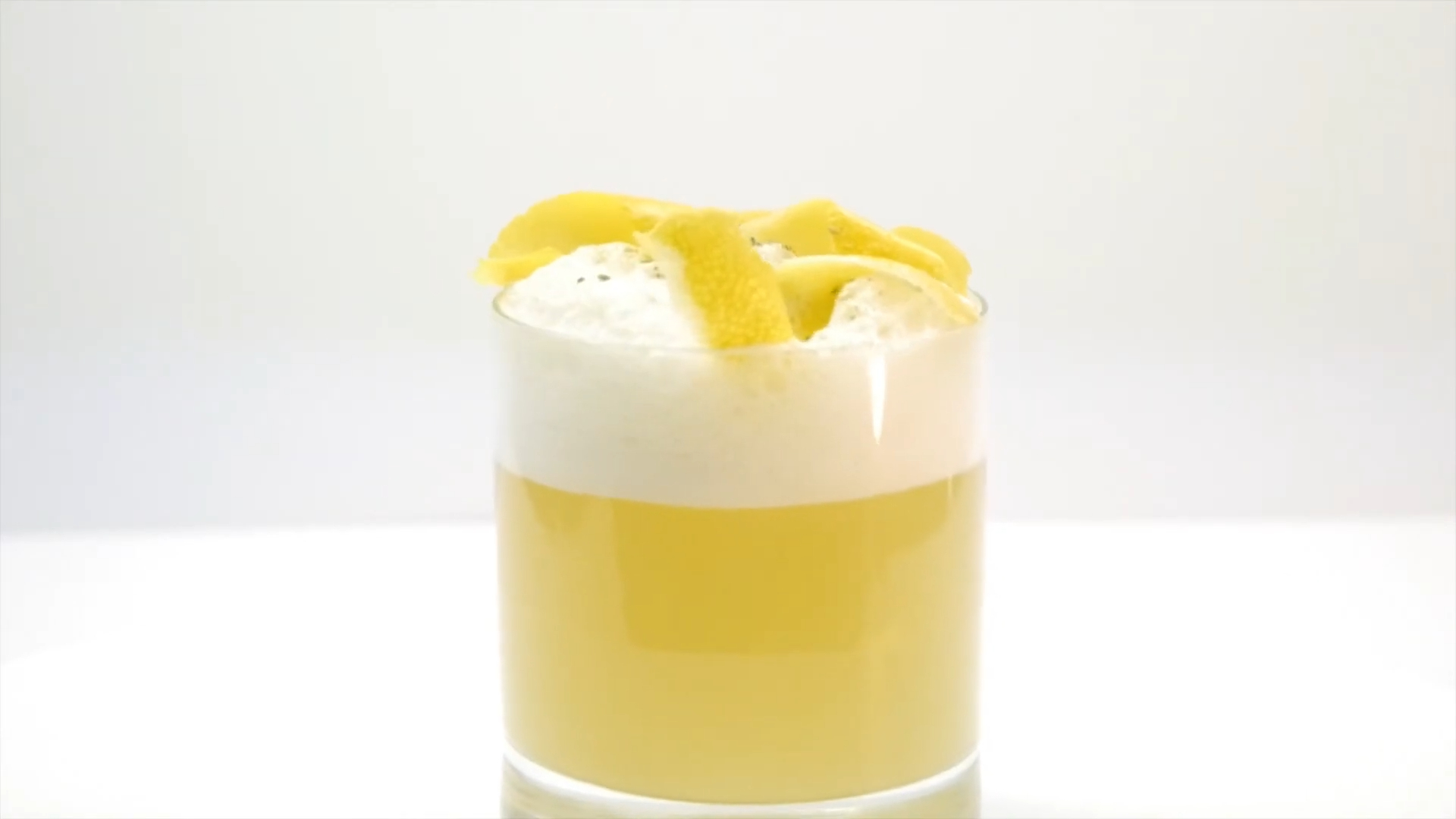
The Matcha Sour is a modern Japanese cocktail that combines the flavors of matcha with the tanginess of lemon juice. The bright green color of the matcha makes this drink stand out, while the balance of flavors makes it refreshing.
The Experience of Japanese Cocktails
Drinking a Japanese cocktail is about more than just the flavors. It’s about experiencing the care and craftsmanship that went into making it. Whether you’re enjoying a simple Whisky Highball or a complex Martini, you’re getting a taste of Japanese culture.
The Look of the Drink
In Japanese cocktail-making, how the drink looks is just as important as how it tastes. The glass, the garnish, and even the way the drink is served all play a role. The goal is to create a drink that is not only tasty but also pleasing to the eye.
The Process of Making the Drink
Making a Japanese cocktail is often like a ritual. Each step is done with care, creating a sense of ceremony. This approach adds to the overall experience, making the drink more than just something to sip.
Unique Ingredients that Define Japanese Cocktails
When you sip on a Japanese cocktail, you might taste something a little different—maybe it’s the tangy burst of yuzu or the floral notes from sakura (cherry blossoms). These ingredients aren’t just for show; they add a distinct flavor that ties the drink back to Japanese culture. Yuzu, for example, gives a tart and aromatic kick that you won’t find in a standard lemon or lime.
Classic Japanese Cocktails
Some Japanese cocktails have gained global recognition, not because they’re overly complex, but because they focus on balance and quality.
- Yuzu Whiskey Sour: Think of your regular Whiskey Sour but with a Japanese twist. Instead of lemon juice, you get the unique flavor of yuzu. It’s still tangy, but with an added layer of complexity that makes it stand out.
- Tokyo Mule: This is Japan’s answer to the Moscow Mule. It’s got sake, ginger syrup, lime, and a bit of vodka. The sake adds a smoothness that complements the spicy ginger and tart lime perfectly.
FAQs
What makes Japanese whiskey different from other types of whiskey?
Japanese whiskey is known for its smooth, balanced flavor and meticulous craftsmanship. Unlike American or Scotch whiskey, Japanese whiskey often features lighter, more subtle flavors, with notes of fruit, oak, and sometimes a hint of smokiness. The process of making Japanese whiskey is heavily influenced by Scottish methods, but it’s the attention to detail and the use of local ingredients that give it a unique character.
How do Japanese bartenders create such clear ice cubes?
Japanese bartenders are famous for their crystal-clear ice, which they often carve by hand. The clarity of the ice comes from using purified water and freezing it slowly in layers, which helps eliminate air bubbles and impurities. This results in ice that not only looks great but also melts more slowly, keeping your drink chilled without diluting it too quickly.
Can I make a Japanese cocktail at home, and what’s a good one to start with?
Absolutely! A great cocktail to start with is the Yuzu Whiskey Sour. It’s easy to make and offers a nice introduction to the unique flavors of Japanese ingredients. You’ll need Japanese whiskey, yuzu juice (or lemon juice if you can’t find yuzu), and simple syrup.
What is Shochu, and how is it used in cocktails?
Shochu is a Japanese distilled spirit that can be made from a variety of ingredients, including barley, sweet potatoes, and rice. It’s lower in alcohol content compared to whiskey or vodka, making it a smooth base for cocktails. Shochu is often used in traditional Japanese drinks like the Oolong Hai (shochu with oolong tea) or more inventive mixes like the Satsuma Margarita, which uses sweet potato shochu.
Conclusion
The Way of the Cocktail by Julia Momosé and Emma Janzen offers more than just recipes. It’s a look into the art and tradition of Japanese cocktails, where every detail is important. This book is a great resource for anyone interested in the craft of cocktail-making and the unique approach that Japan brings to the table.
Related Posts:
- Your Guide to Cocktail Shakers: Pros, Cons, and How…
- Vodka Press Drink Recipe - Light and Refreshing Cocktail
- Godfather Cocktail Recipe - Simple, Smooth, and…
- Edward Fortyhands: The Party Game That Ruined…
- What Is the Difference Between Brandy and Whiskey?
- Nick and Nora Glass: A Bartender's Favorite for…






